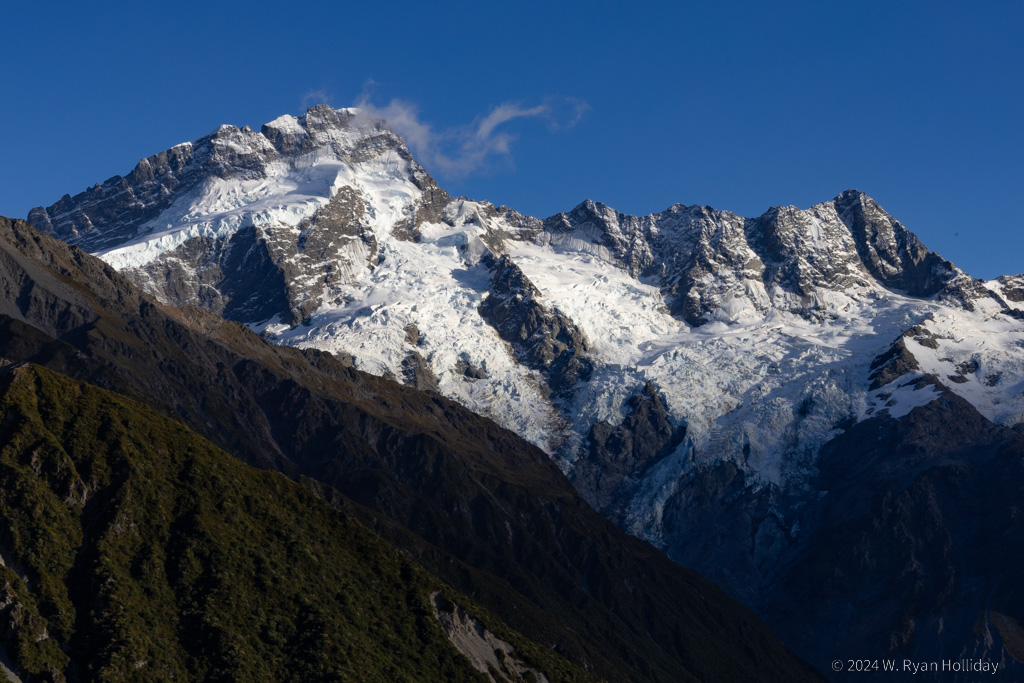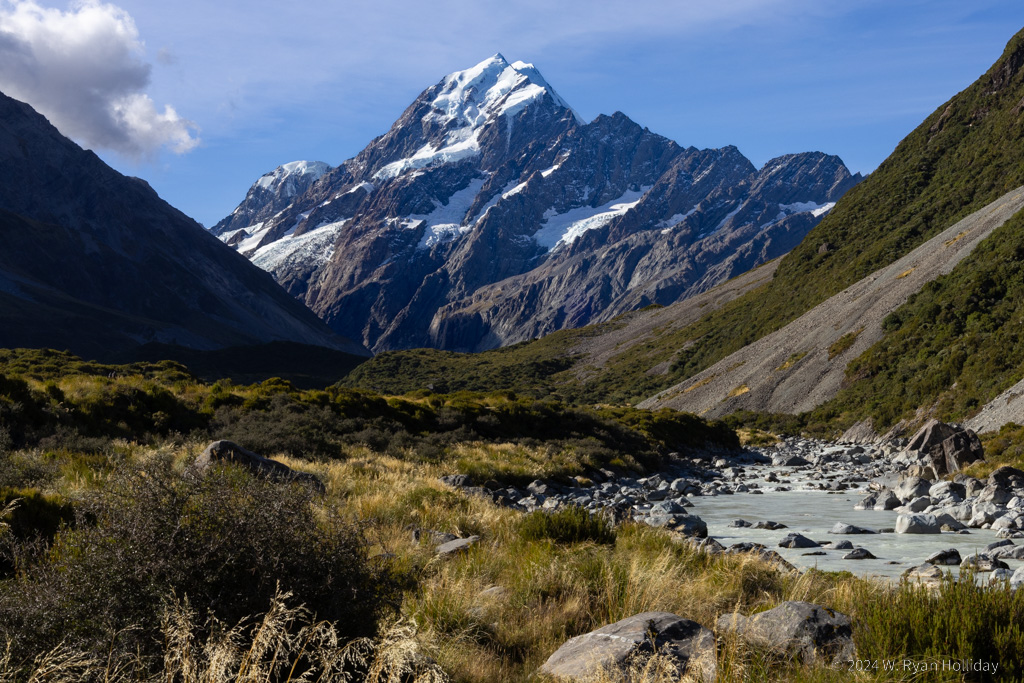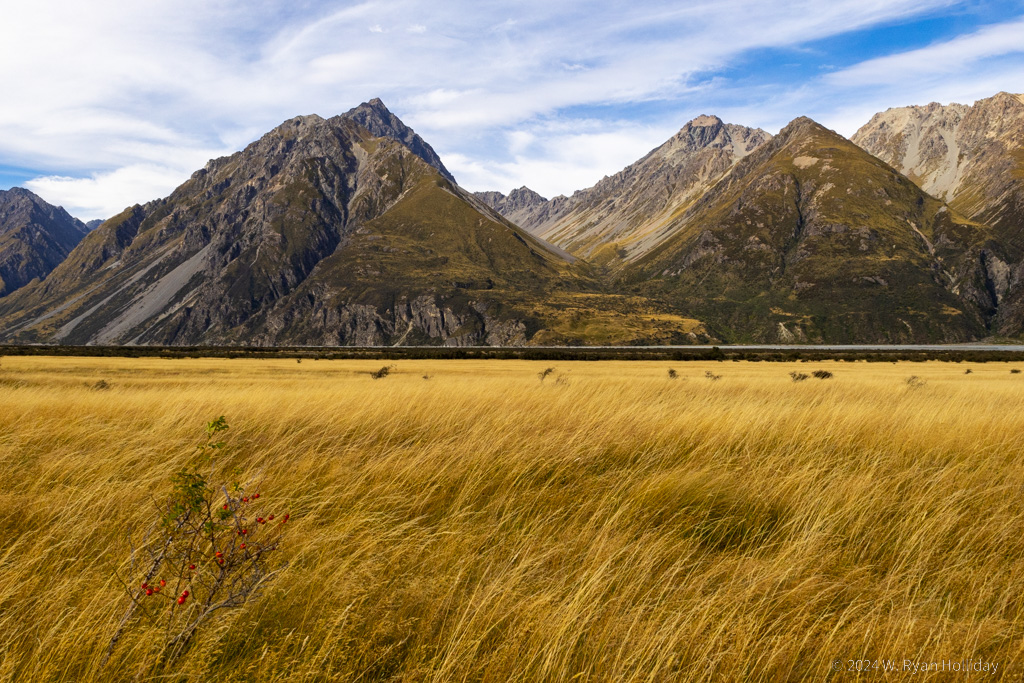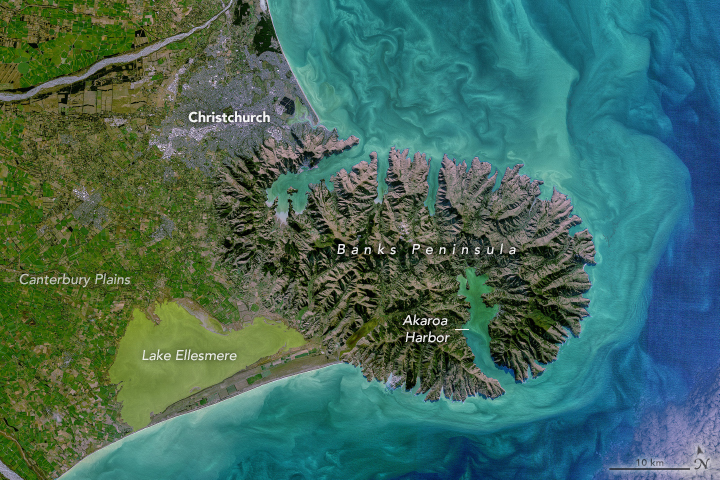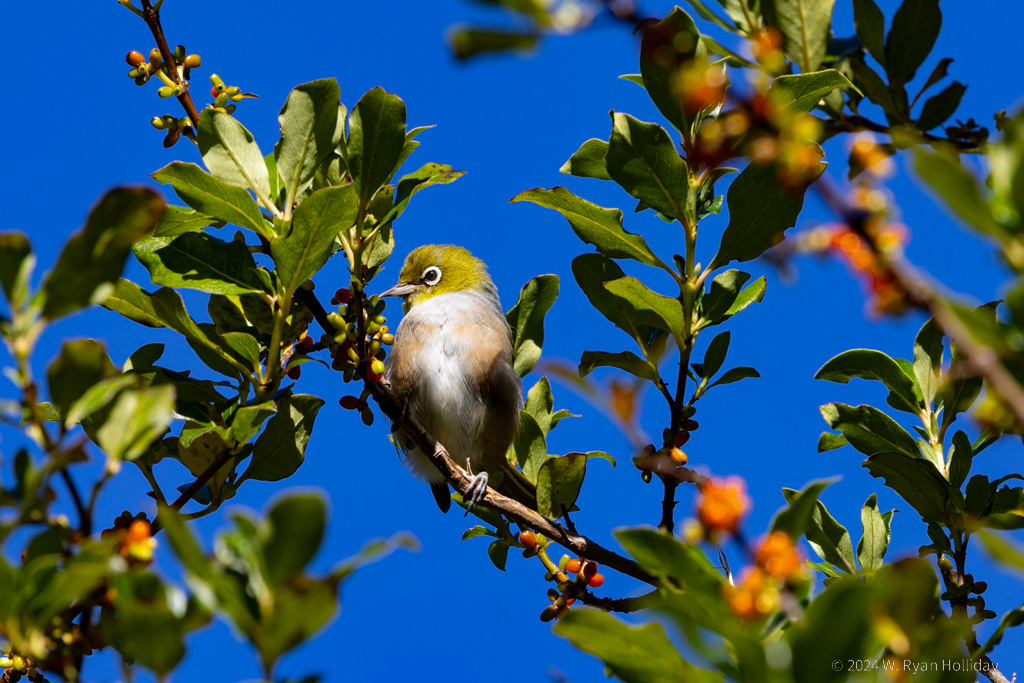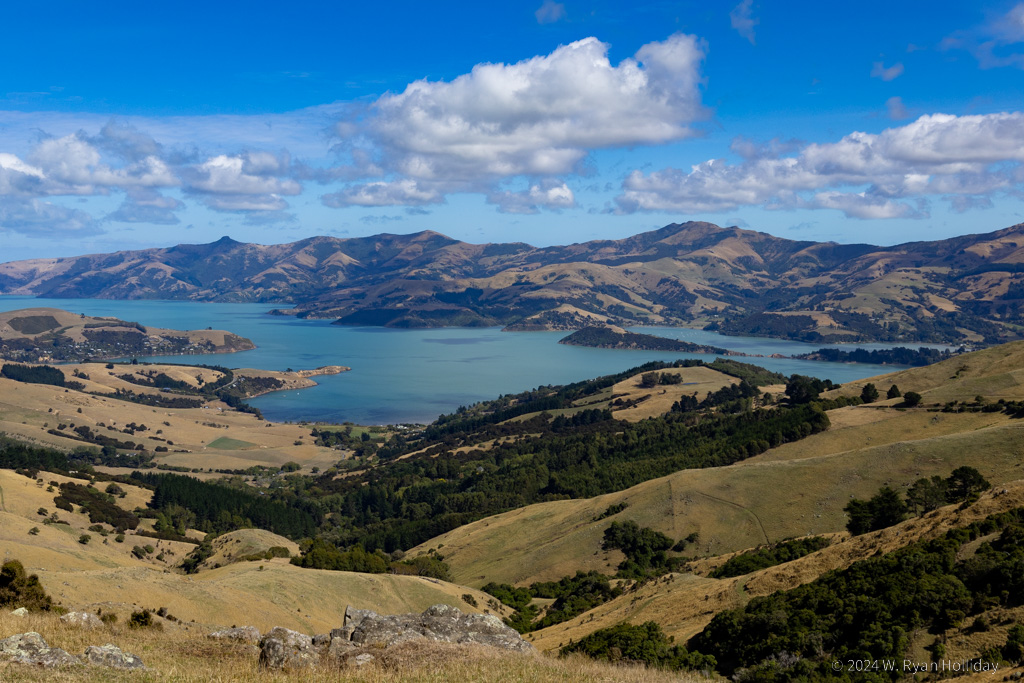There are a few things on this trip that I didn’t want to miss due to weather or some other snafu, and so booked multiple days at a location for insurance. One of those “must-do” items was the Hooker Valley Track in Aoraki / Mt Cook National Park, a hike through a glacial valley past hanging glaciers, across wire suspension bridges that span roaring glacial rivers, and ending (on clear days) at a glacial lake with a view of Aoraki / Mt Cook rising up into the clouds. Waking up well before sunrise this morning, the skies were mostly clear, so thirty minutes before the sun was supposed to come up I set off on one of New Zealand’s most popular trails with the peaks of the mountains starting to turn red. The word “epic” can be overused, but this trail deserves the superlative; everywhere you look are vertical, glacier-covered mountains, multiple turquoise lakes collect runoff, and three 200 foot long suspension bridges shake and bounce as you cross the rivers. The trail more than lived up to expectations, and as an added bonus there were a dozen kea (large green parrots) at the trail’s end. These birds are nicknamed the “clowns of the mountains” and are insatiably curious. While one was attempting to untie my shoes, another was peeling stickers off of a sign, while others were fighting over tissues they had found, all while incessantly chattering and bickering with one another.
As clouds began to obscure the mountain I finished the three hour out-and-back trail, and after a short break decided to give the Sealy Tarns Track a go. This trail offers spectacular views, but unlike the Hooker Valley Track it is not an “easy” trail, instead consisting of 2200+ steps as it rises vertically through a 1600 foot gain in elevation. Whoever built and maintains this track deserves some sort of lifetime achievement award, because the trail was in excellent condition, but for nearly two hours of hiking, life is a brutal stairmaster as you trudge up step after step, pause to catch your breath (and enjoy the ever-improving views), and then continue the long slog upwards. As advertised, the views of the valley and surrounding glacier-covered mountains were awe-inspiring, but it was with a great deal of relief when I finally reached the tarn (pond) at the top and got to sit and enjoy the quiet, interrupted only by the conversations of some other hikers and the occasional small avalanche on the nearby glaciers.
After descending the stairs and making one last short detour on wobbly legs to Kea Point (no keas there, but it did have a pleasant view over a glacial lake) I returned to my lodging, grabbed a shower, and decided to call it a day. Until, that is, I noticed that the clouds that had been covering Aoraki / Mount Cook since morning had parted, and the late afternoon light was illuminating the mountain perfectly. And thus it was that I ended up hiking the Hooker Valley Track twice in one day, the second time at a brisk pace to try to beat the next round of clouds. The mountain was uncovered by clouds and showing off for the first two-thirds of my hike, although by the time I reached the trail’s end the clouds had again begun to move in. Still, tired as I was, the trail was just as beautiful the second time, and the return journey was made under red skies as the sun set.
Harry Chapin used to tell a story about his grandfather discussing “good tired” and “bad tired”. He describes “bad tired” as a day that wore you down fighting other people’s battles or fulfilling other people’s agendas, and “good tired” as a day that took everything out of you, but did so while you were chasing your own dreams and desires. I’m going to bed exhausted tonight, but I am good tired.
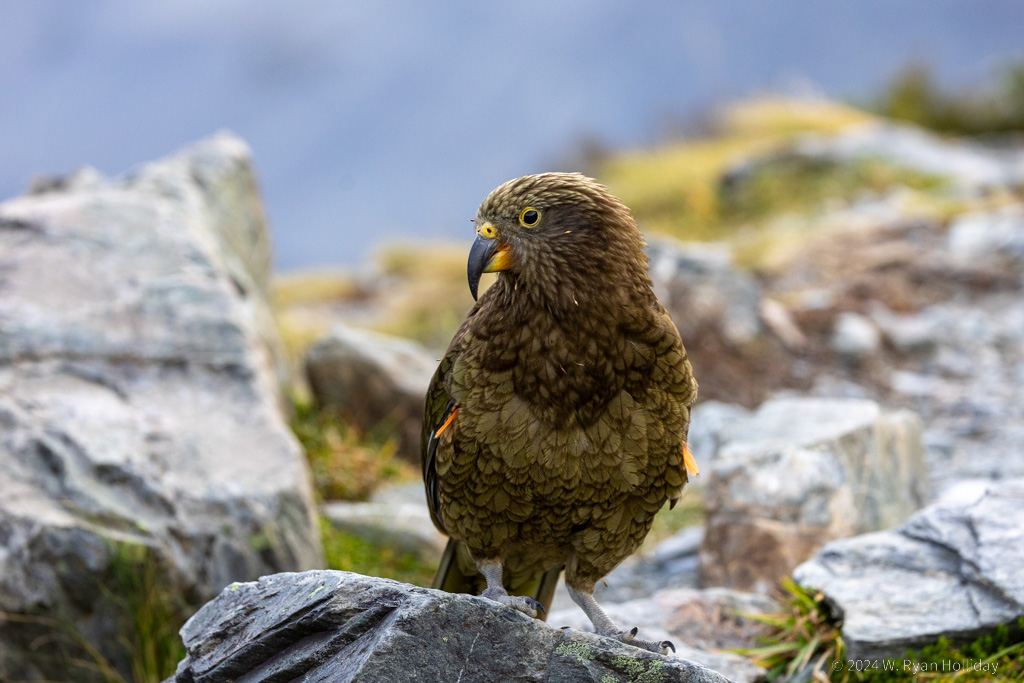
The kea are a tourist favorite but a nuisance for the locals. They will steal anything you leave behind, investigate everything they see, and constantly chatter to one another about the day’s gossip.
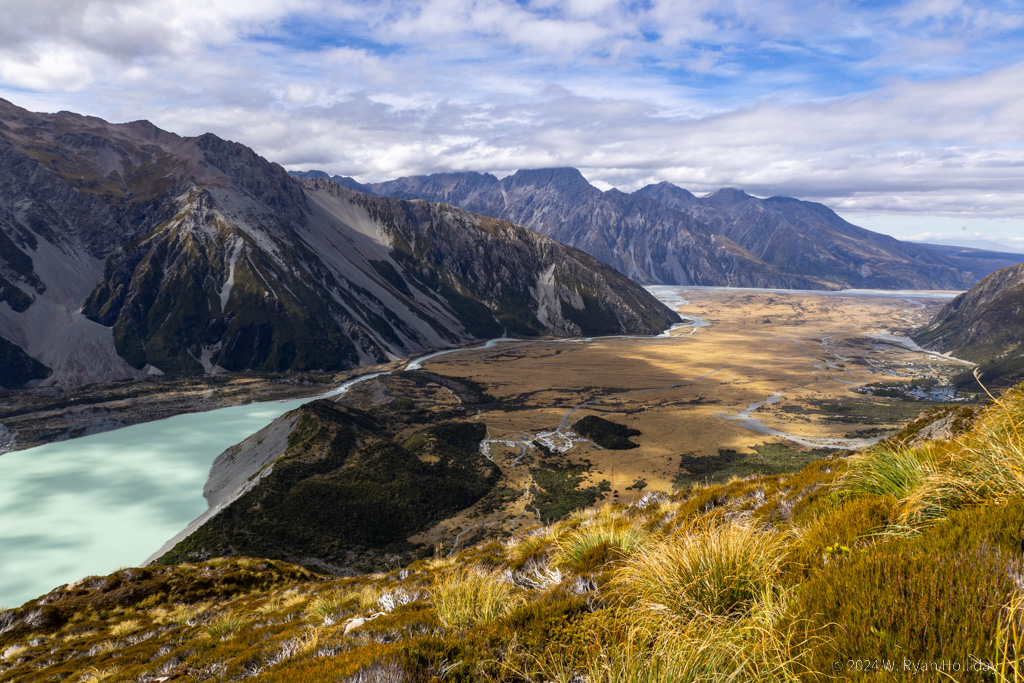
View from atop the stairs of doom. It’s incredibly scenic (and painful) as you climb up several thousand steps above the valley. The path actually continues upwards from the Sealy Tarns to Mueller Hut, but the stairs end at the tarn and I’m told from this point onwards you’re scrambling up loose rock, so I chose not to continue the cardio workout and merely enjoyed the view from this point.
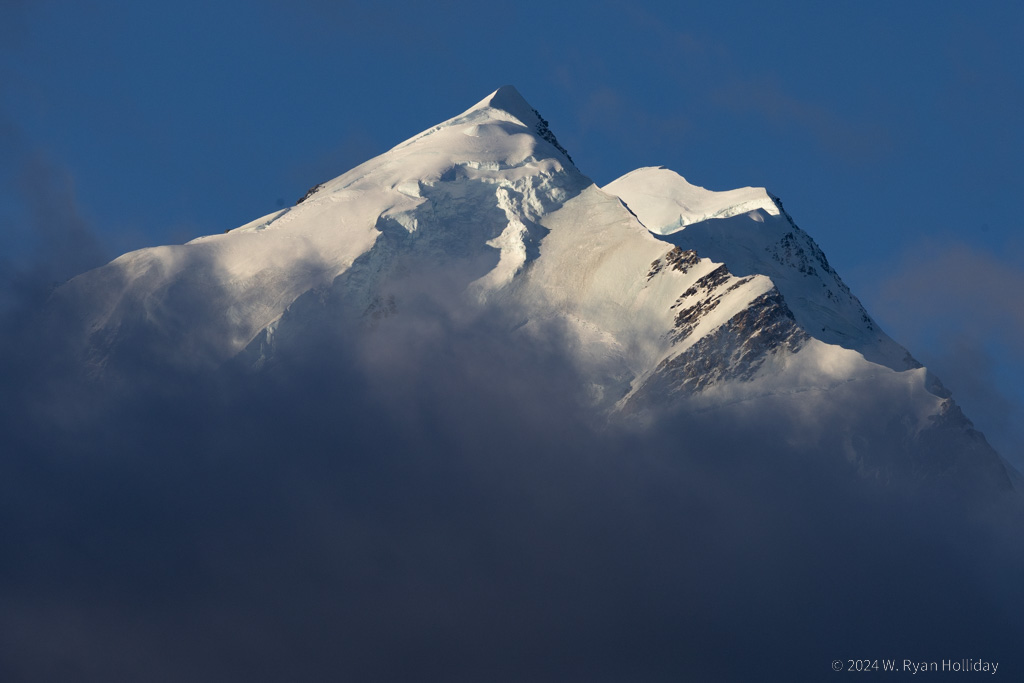
Aoraki didn’t have great light on it when I visited at sunrise, and at sunset the clouds had again begun to close around the mountain, although the summit was lit up up rather beautifully.
